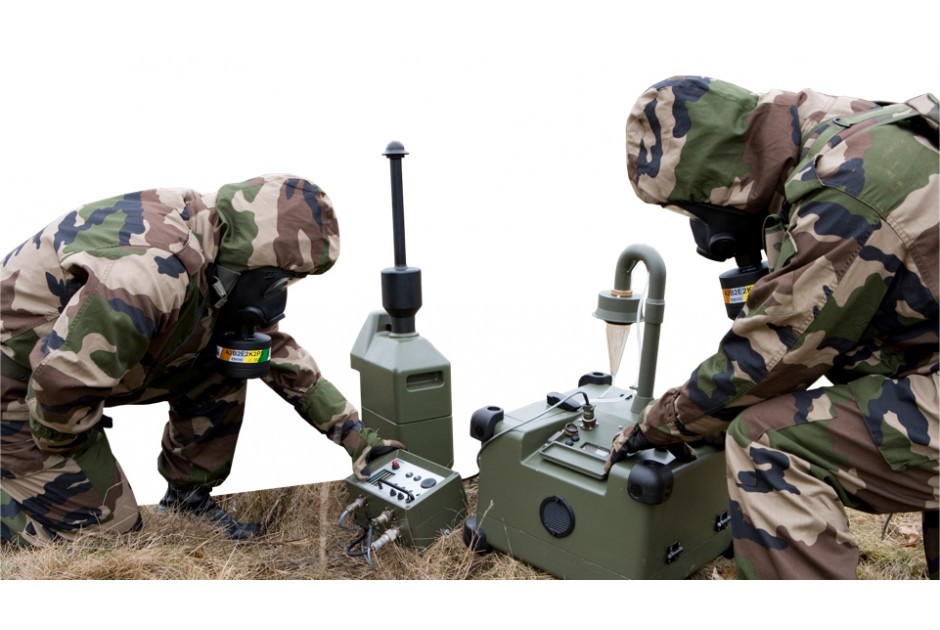EN 397 Industrial safety helmets shock absorption and penetration testing
The European Standard EN 397 specifies the performance requirements and testing methods for industrial safety helmets with regard to resistance against impact, penetration by sharp objects, and shock absorption. This standard is particularly important in sectors where workers face hazards such as falling objects or head impacts from tools or machinery.
Industrial safety helmets are designed to protect the wearer's head from potential injuries caused by external forces. According to EN 397, a helmet must meet stringent performance criteria to be considered compliant and safe for use. This section will delve into the detailed testing procedures and acceptance criteria for shock absorption and penetration resistance.
The test setup involves a pendulum impactor that simulates real-world impacts. The impactor is designed to strike the helmet at various angles, representing different potential hazards. The test measures both the force transmitted through the helmet to the wearer's head as well as the energy absorbed by the helmet during the impact.
The acceptance criteria for EN 397 are critical in ensuring that helmets meet the necessary safety standards. Helmets must demonstrate a reduction of at least 60% in the impact force transmitted to the headform during the drop test. This is achieved through the use of advanced materials and design features that absorb and dissipate energy effectively.
The penetration resistance test evaluates the helmet's ability to withstand the impact of a steel ball dropped from specified heights onto different parts of the helmet. The test ensures that no penetration occurs, which would compromise the integrity of the helmet and potentially lead to injury.
Compliance with EN 397 is essential for manufacturers, as it guarantees that their products meet stringent safety requirements. This standard is widely recognized across Europe and beyond, ensuring that workers in high-risk environments are protected against potential head injuries.
Manufacturers must undergo rigorous testing to ensure compliance with EN 397. This includes conducting both shock absorption and penetration tests on a sample of helmets produced under the same conditions. If any helmet fails these tests, it is deemed non-compliant, and further modifications or improvements are necessary before retesting.
The importance of EN 397 cannot be overstated, especially in sectors like military, construction, and manufacturing where head protection is paramount. The standard ensures that workers can trust their helmets to provide the necessary level of safety in challenging environments.
Why Choose This Test
- Compliance with International Standards: Compliance with EN 397 demonstrates a commitment to safety and quality.
- Enhanced Safety: Ensures that helmets can effectively absorb shock and resist penetration, protecting workers from potential injuries.
- Reputation and Trust: A successful test result enhances the reputation of manufacturers and suppliers in the industry.
- Regulatory Requirements: Many jurisdictions mandate compliance with EN 397 for safety helmets used in certain sectors.
- Quality Assurance: Regular testing ensures that products consistently meet or exceed quality standards.
- Confidence and Peace of Mind: Knowing that your helmet meets the highest safety standards provides peace of mind to both workers and employers.
Quality and Reliability Assurance
The testing process for EN 397 is designed to ensure consistent quality and reliability in industrial safety helmets. By adhering to this standard, manufacturers can provide products that are not only compliant but also reliable under real-world conditions.
To achieve compliance with EN 397, manufacturers must follow a rigorous testing protocol. This involves conducting both shock absorption and penetration tests on a sample of helmets produced under the same conditions. The test results are then analyzed to ensure they meet the specified acceptance criteria.
Quality assurance is critical in maintaining high standards throughout the production process. Regular audits and inspections help identify any deviations from established protocols, allowing for timely corrective actions. This ensures that every helmet produced meets the necessary safety requirements.
The use of advanced materials and design features plays a crucial role in meeting EN 397 specifications. These materials are chosen for their ability to absorb and dissipate energy effectively during impact scenarios. Manufacturers must continuously evaluate these materials to ensure they remain up-to-date with industry best practices.
Reliability assurance is achieved through consistent testing procedures and adherence to international standards. By ensuring that each helmet meets the required performance criteria, manufacturers can provide confidence in their products' effectiveness. This reliability extends to various environmental conditions, ensuring that helmets perform consistently across different scenarios.
Use Cases and Application Examples
| Use Case | Description |
|---|---|
| Military Operations | In military environments, safety helmets must withstand high-impact scenarios. EN 397 ensures that helmets can protect soldiers from potential injuries caused by falling objects or sharp projectiles. |
| Construction Sites | On construction sites, workers are exposed to various hazards such as debris and falling tools. EN 397 compliant helmets provide the necessary protection against these risks. |
| Mining Operations | In mining environments, safety helmets must be robust enough to protect miners from potential cave-ins or falling rock. EN 397 ensures that helmets meet the required standards for such harsh conditions. |
| Manufacturing Plants | In manufacturing plants, workers may encounter sharp tools and machinery. EN 397 compliant helmets provide a reliable barrier against these hazards. |
| Hazardous Material Handling | During the handling of hazardous materials, safety helmets must protect workers from potential impacts that could cause injury. EN 397 ensures that helmets are up to this task. |
| Emergency Services | In emergency response situations, safety helmets must be reliable and protective against various hazards. EN 397 compliant helmets provide the necessary assurance in these critical scenarios. |





